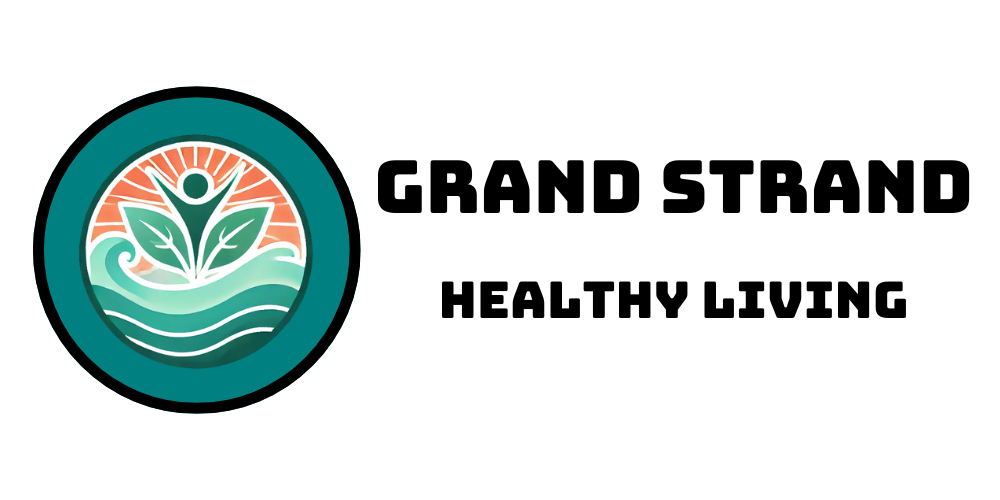
Why You Need to Think Twice Before Swimming This Summer
As the temperatures rise along the Grand Strand of South Carolina, residents in popular vacation spots like Myrtle Beach and Pawleys Island are gearing up for their summer swimming activities. While lounging by the water can be a refreshing escape, new reports indicate that not all swimming spots are safe. From dangerous parasites hidden in lakes to harmful bacteria lurking in ocean waters, swimming this summer may require more caution than many people realize.
The Risks Lurking Beneath the Surface
According to recent studies, many common swimming areas—especially lakes and rivers—pose significant health risks due to the presence of microorganisms. One such parasite, known as Naegleria fowleri, is sometimes referred to as the "brain-eating amoeba." Found in warm freshwater environments, this organism is a rare but deadly threat. Fluid contact during activities like improper diving can lead to infection. Whether you're at Windy Hill or down near Litchfield Beach, being informed about potential pathogens is essential to enjoy your swim safely.
Local Awareness: Why You Should Stay Informed
In light of these concerns, it's vital that our community remains informed about water quality at local swimming hotspots like Surfside Beach, North Myrtle Beach, and Murrells Inlet. Waterborne diseases can spread quickly, particularly in crowded areas frequented by visitors. This summer, local health departments may be issuing more frequent advisories and alerts to ensure the safety of both residents and tourists. Ignoring such updates can lead to unfortunate health outcomes for families looking to enjoy the summer sun.
Practical Steps to Ensure Safe Swimming
Before taking a dive into your favorite local swimming destination, here are some practical safety tips:
- Research Local Advisories: Stay updated on local water quality reports. Websites and community boards often post information about beach conditions, including bacterial counts.
- Avoid Swimming After Heavy Rains: Swimming after rain increases the likelihood of exposure to harmful bacteria washed into the water from storm drains.
- Observe Signs and Warnings: If a designated swimming area has posted warnings, heed their advice. Your health is more important than a day of sun.
Engaging with Community Resources
As we enjoy our beloved waters from Cherry Grove to Ocean Drive, engaging with community resources can be invaluable. Local health departments, recreational area managers, and community groups often provide educational material and safety protocols. By participating in discussions and advocating for greater awareness, the Grand Strand community can work together to prioritize health and safety during summer swimming.
Conclusion: Take Action for a Safe Summer
With summer upon us in Georgetown County and surrounding areas, it is crucial for everyone—especially families with children—to be proactive about water health. Taking a few simple steps can prevent infections and provide peace of mind for fun-filled days by the ocean or in local pools. Don’t wait until it’s too late; stay informed, swim safely, and ensure another great summer along the beautiful Grand Strand!
 Add Row
Add Row  Add
Add 





 Add Row
Add Row  Add
Add 
Write A Comment